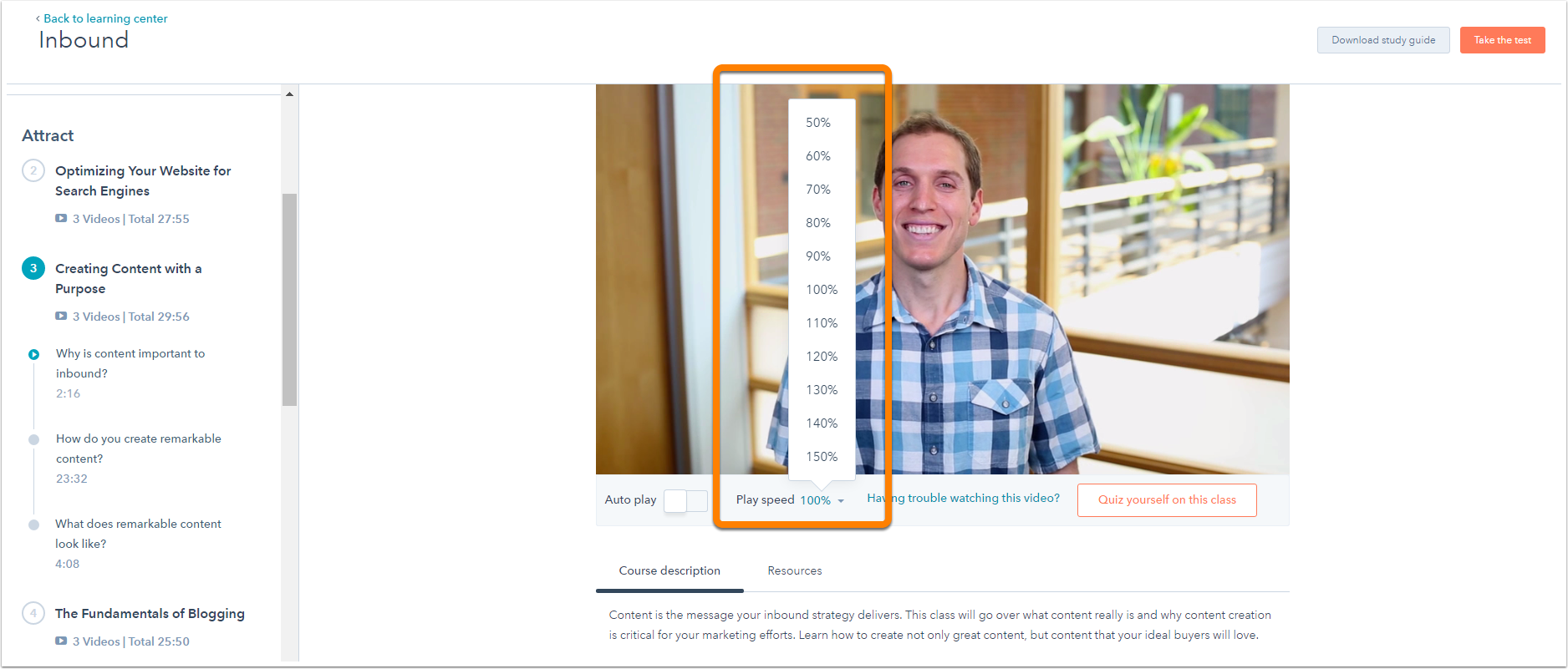 As with every element of Inbound Marketing, a key element to optimizing our marketing efforts is constant, ongoing analysis. What separates HubSpot customers from the marketers of the past is your ability to analyze and constantly improve every facet of your marketing expenditures. Today we continue our discussion on the execution of Facebook Ad campaigns by analyzing their analysis.
As with every element of Inbound Marketing, a key element to optimizing our marketing efforts is constant, ongoing analysis. What separates HubSpot customers from the marketers of the past is your ability to analyze and constantly improve every facet of your marketing expenditures. Today we continue our discussion on the execution of Facebook Ad campaigns by analyzing their analysis.

You’ll want to use experimentation to optimize the Click Through Rate (CTR) of your Ad campaign, as well as conduct continual experimentation to improve the conversion rate on your landing pages.
To boost your CTR, be sure you keep the copy fresh and direct. Facebook ads go stale much faster than Search Engine ads because the targeting is more direct and the prevalence of the Ad experience is much more durable. For instance, I may only search for “Inbound eCommerce Marketing Software” once, whereas I like “eCommerce” all the time. In order to continue to target me, you’ll want to change your ad copy regularly and experiment with different images, headlines, and ad copy to improve the CTR.
Note: Traffic from Facebook ads should always go to a landing page. Therefore, how well that traffic is converting on the landing page is an ongoing statistic that you’ll want to track. The conversion rate will be a function both of the quality of traffic based on your ad copy and targeting parameters as well as the quality of the landing page itself. Therefore, it will be to your advantage to keep track of whether or not different targeting parameters convert at a different rate.
Of course, the most important end statistic for Facebook paid traffic is revenue generation using closed-loop analysis. Simply put, you want to track which Facebook target parameters drive the most actual revenue, then to refine the successful ones as much as possible and stick with the winning formula.
The best way to track your traffic is to use tracking URLs in your ads. Once you’ve tagged the appropriate campaign and source, you’ll be able to better track which ads and which targeting groups are converting.
Here are the first three articles of my Facebook Ads blog series:
An Introduction to Facebook Ads [Part 1]
Facebook Ads - Ad Copy and Design [Part 2]
3 Ways to Use Your Facebook Ads [Part 3]









